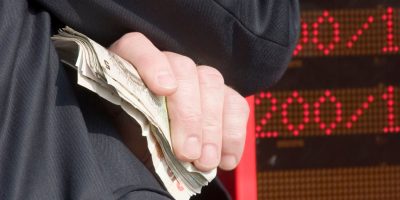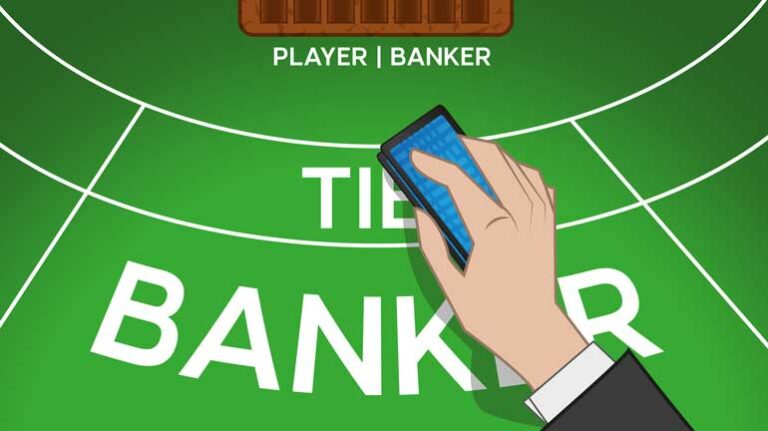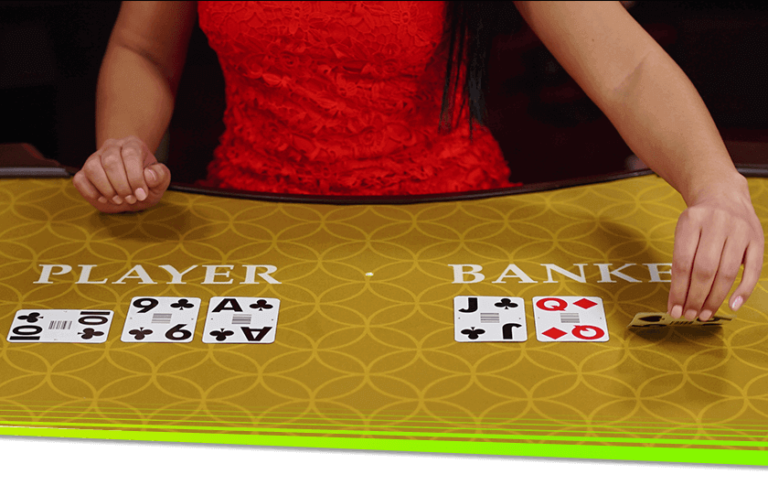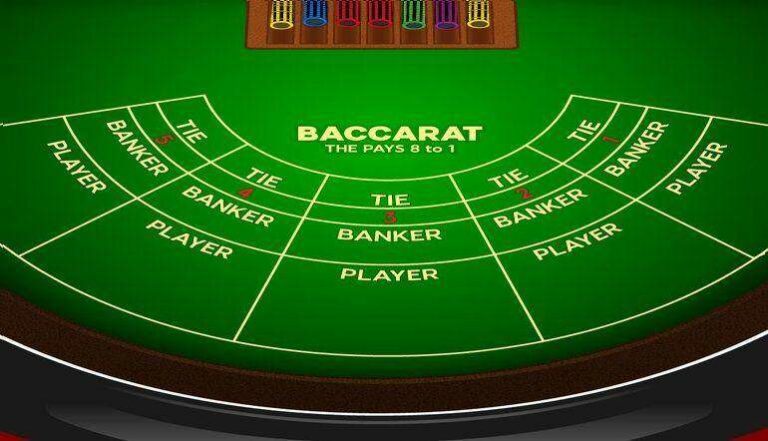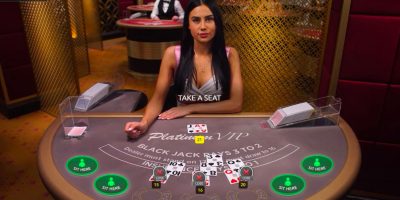There are several facts and myths that surround the favorites in sports betting. Do the favorites always win? No, they do not. Should you always bet on the favorites? Most certainly not. When it comes to bookies, do the bookies prefer the sports betting favorites to win?
Instead of giving a straight-up yes or now, here are the things you should understand first about how favorites work on the part of the bookies and why they would prefer them to win – or not. Then let’s see whether bookies prefer favorites to win or outsiders.
Do Bookmakers Favor Sportsbook Favorites or Underdogs?
Why are the favorites called as such, anyway? It is for a lot of things, but one reason is that they are considered to be favored by the public. This is the side of the action that is perceived by most people to be the more “obvious win.” They are either the team or player known to be stronger overall or is more popular than the other side. This is why most people bet on them.
The popularity and the volume of action (bets) on the favorites is one of the reasons why bookies adjust the odds of the favorites to offer less value than that of the underdogs. To better understand this, a $1 bet may win $5 for the underdogs, but may only win $3 for the favorites.
When you consider these factors, one thing is clear: if the favorites win, the bookies would pay less in value but more in volume. Add to this the possibility that there are fewer bets on the other side to compensate for the money for the payouts. This way, the bookies may end up losing money instead.
Throughout sports betting history, there have been a number of times when the favorites won too many times that the sportsbooks lost too much money instead of making a profit on each game.
Although bookies implement strategies on how they can mitigate the risk of losing, it is still hard to predict when the favorites are bound to win and when they are not. This is where the careful calculation of odds comes to play. And for the players to win, it’s their betting strategy that can only counter these algorithms engineered by sportsbooks.
A good example of this was in the 2015 Cheltenham Festival. Horse racing bookies took a loss of around £50 million that day. This was after the first four favorites of the day won in a row and with most punters placing their money on the favorites, the bookies came home at a loss.
How Bookmaker Creates the Odds of a Sportsbook Favorite
As bookmaking is still a business, the bookies would naturally want to do everything in their power to ensure that they make a profit out of the games at the end of the day. One such way is to ensure that the odds are set in their favor, including that of the favorites.
In determining odds, the sportsbooks consider the true odds first. These are the real probabilities surrounding a game as influenced by a number of factors – player and team history, the weather, statistics, injuries, and even who’s playing home and who’s visiting. After applying the vig (more on that later), the bookie odds are then presented.
Based on the punter’s behavior, the odds may be adjusted especially when one side is obviously receiving most of the action. The bookies would then adjust the odds to push the bets to the other side of the action.
How Bookmakers Profit with Sportsbook Vig
As mentioned, the bookmakers get their profit from the vigorish or vig. This is also sometimes called the house edge or the overround. From the true odds, the bookies would then deduct a certain percentage and then the result is presented as the bookie odds.
Take for example a scenario where both sides of the game stand at equal odds. This is 50/50, or at +100 on moneyline odds, or 2.00 in decimals. If the bookie presents odds like this, then they are only bound to break even, or even lose should they lose control of the action. Now, this is why the odds you see are not at 100/2/0 but rather at 110 the lowest or 1.90 in decimal. The adjustment in the odds is where the vig is applied.
As an example, in this situation, a $10 bet collected from the punters may stand to have a profit of $9.10. The $0.10 is the vig and goes to the pocket of the bookies.
As the game day closes in, the odds and lines are also bound to change. This doesn’t mean, however, that the real probabilities have necessarily changed. Sometimes, if one side of the game has been getting too much volume and is causing imbalance, the bookies would adjust the odds in order to “tip the balance” – to push the opposite side and entice other bettors to place their money on it.
This is the act of balancing the books.
Why Bookmakers Always Win By Balancing the Books
The challenge in balancing the books is that the bookies first need to make sure that there is equal action on both sides of the game. How do they do this?
Take for example a game of football between Chelsea and Manchester United, where Manchester stands as the favorite. Since they are the popular choice, it is expected that the majority of the bets would be concentrated on their side. This won’t look good for the bookies, especially if they win. Thus, the bookies would represent favorites odds that are less enticing and position the underdogs as the more valuable pick.
If they are successful at tipping the balance of the action (and they are, most of the time), they are ensured of a profit at the end of the day. In rare cases, however, they can be unable to control the volume of the bets and may end up either getting less profit or worse, even losing money.
Interested on why, in the long run, most punters lose? Check out our article!
There is no definite answer on whether the bookies want the favorites to win or not. However, you’d know it when they do – simply look at the market data, the stats, and compare that to how the bookies gave their odds.


